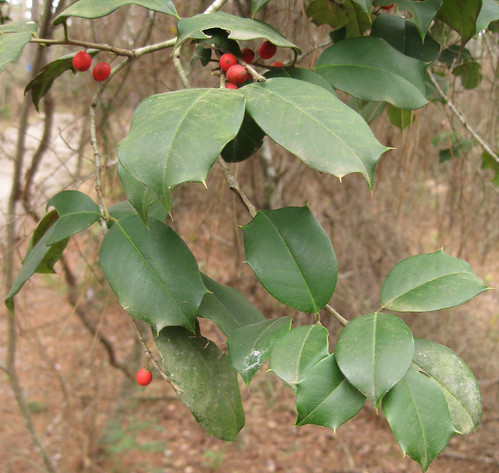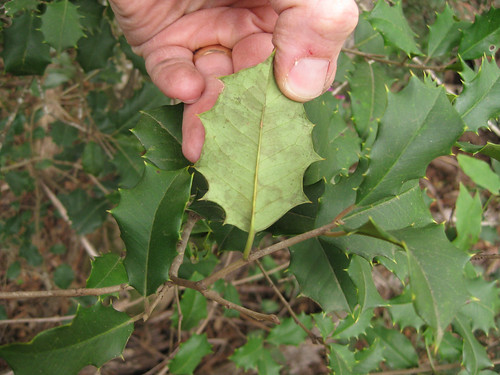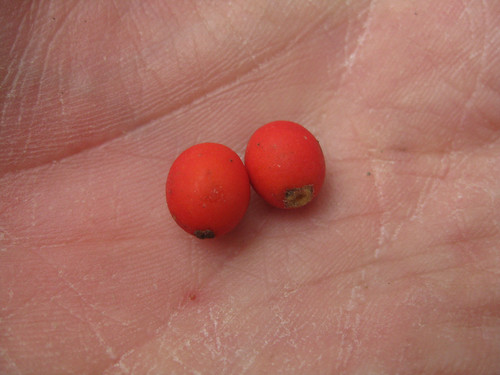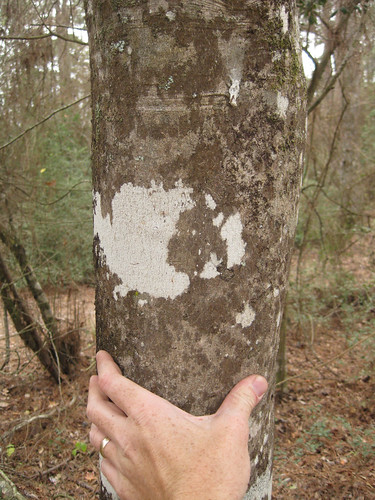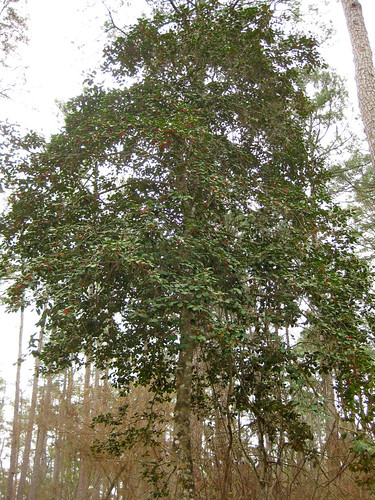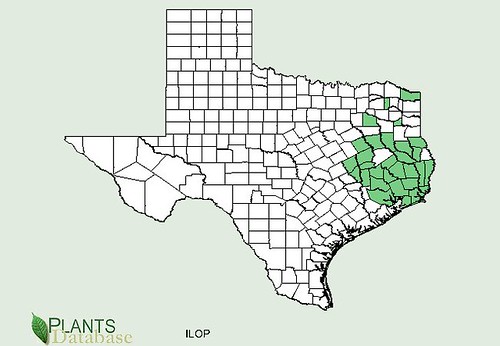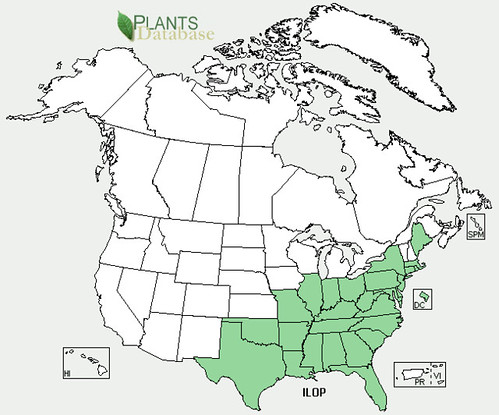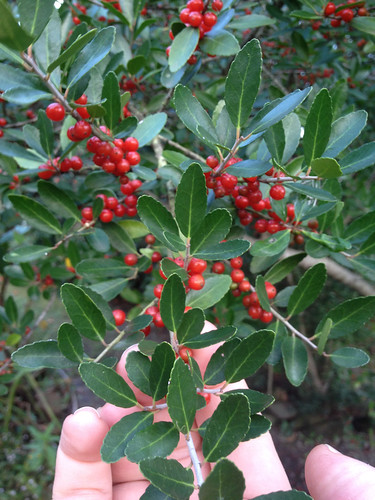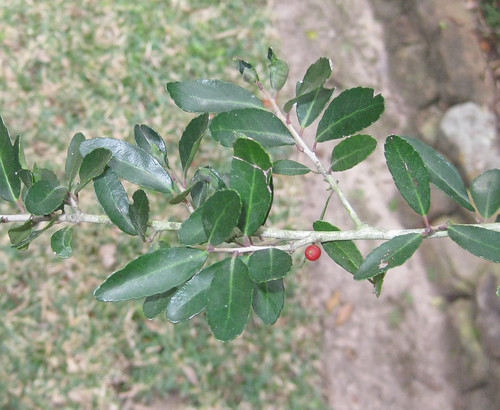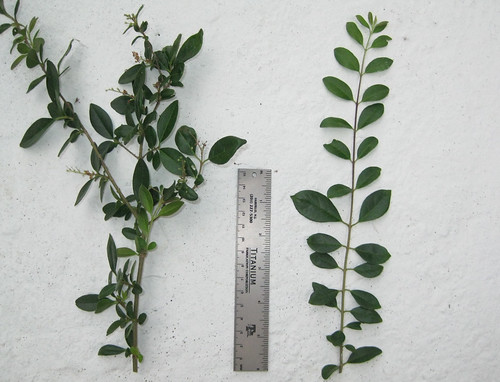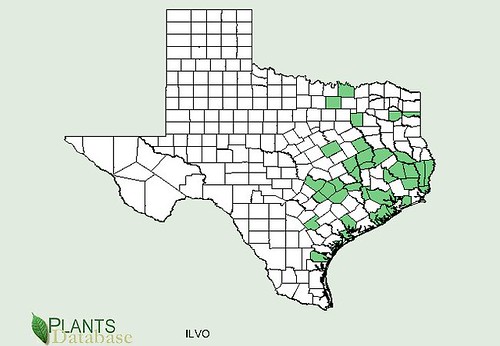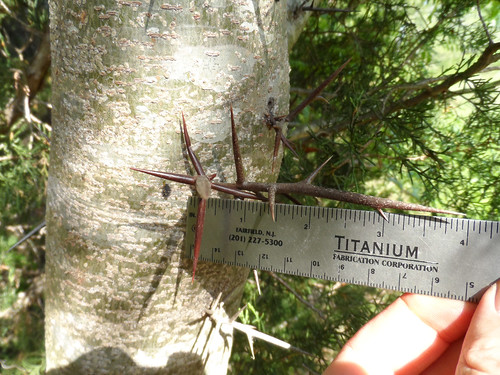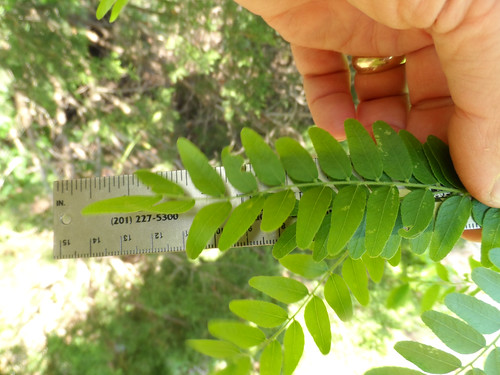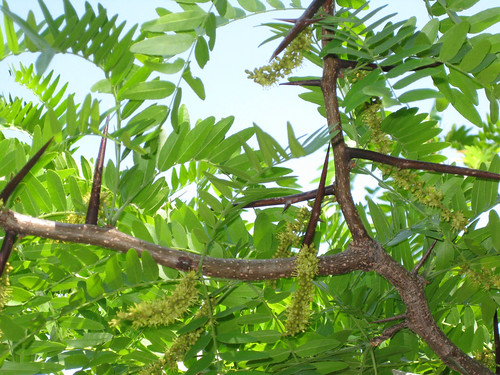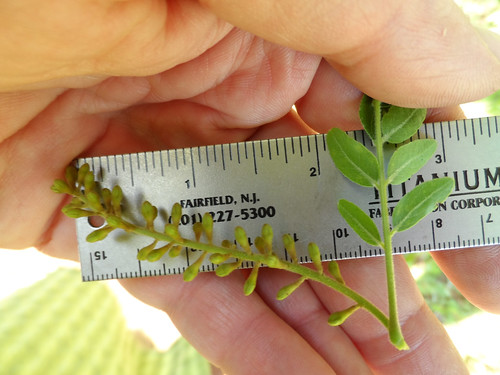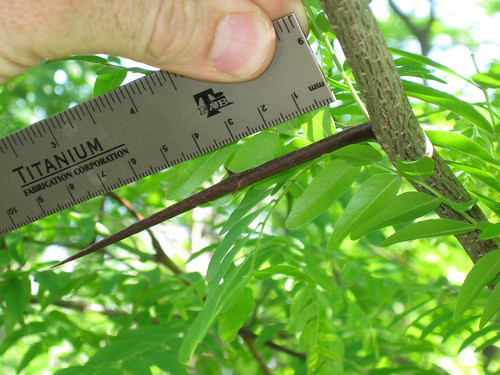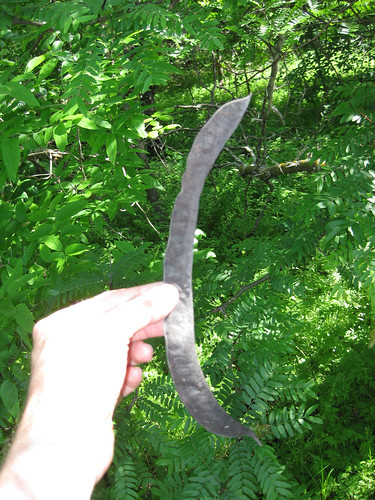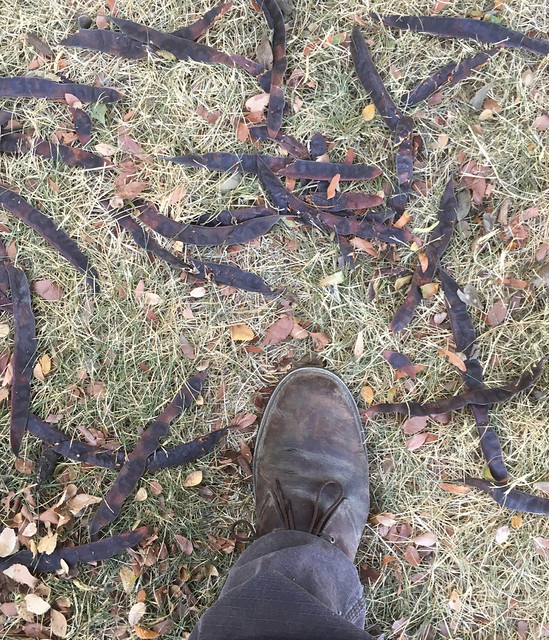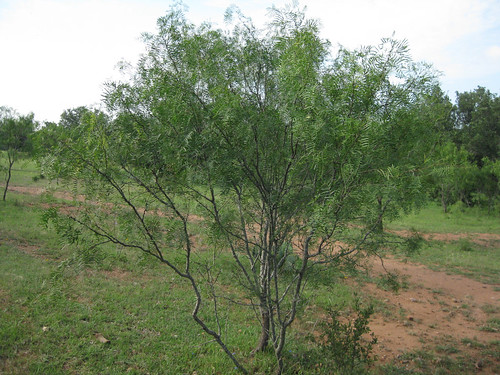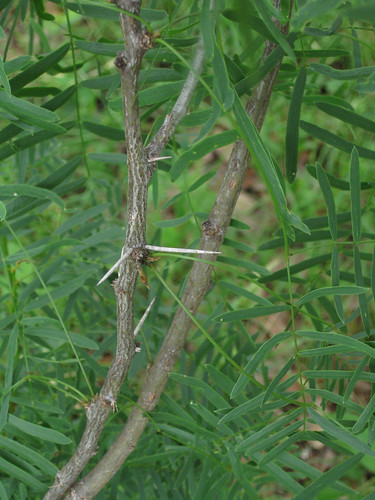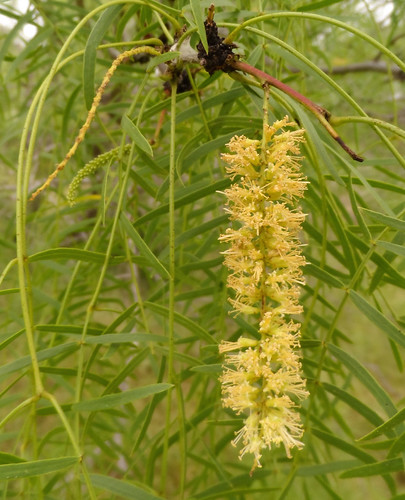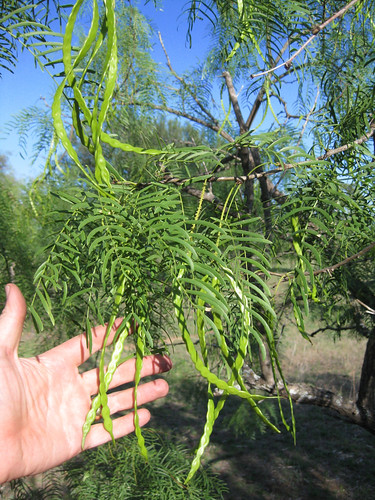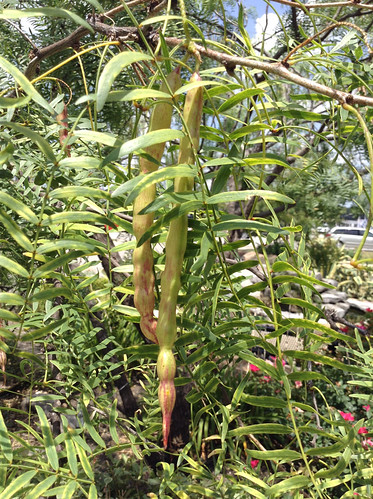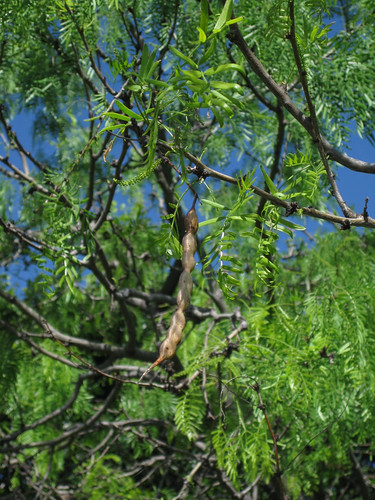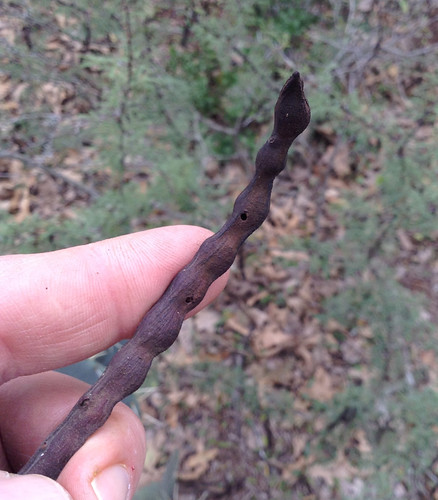Scientific Name(s): Marrubium vulgare
Abundance: uncommon
What: leaves, flowers
How: tea, candied
Where: fields, dry areas, poor soils
When: spring, early summer
Nutritional Value: flavonoids, medicinal properties
Dangers: large doses can increase blood pressure
Medicinal Summary:
Leaves - cough suppressant; expectorant; appetite stimulant; antimicrobial (
tisane, lozenge, tincture)
Leaf Arrangement: Leaves are arranged in an opposite-alternating pattern along the stem.
Leaf Shape: The leaves are broadly ovate to heart-shaped, typically measuring about 1 to 2 inches in length and width.
Leaf Venation: Venation is palmate, with a central vein and smaller branching veins. Veins are quite recessed on the topside of the leaf and protruding on the underside.
Leaf Margin: The leaf margins are irregularly toothed or serrated.
Leaf Color: Leaves are a grayish-green, often with a woolly texture due to dense hairs.
Flower Structure: Flowers are small, clustered in dense whorls at the leaf axils along the stem.
Flower Color: The flowers are white to pale pink, each with a tubular shape and protruding stamens.
Fruit: The fruit is a small nutlet, typically found in pairs.
Seed: Seeds are contained within the nutlets, small and hard.
Stem: The stem is square in cross-section, a common trait in the mint family, and is often covered in dense, woolly hairs.
Hairs: The plant is characterized by its woolly, grayish hairs, covering both the stems and leaves.
Height: The plant typically grows to a height of about 1 to 2 feet.
A stand of horehound plants.
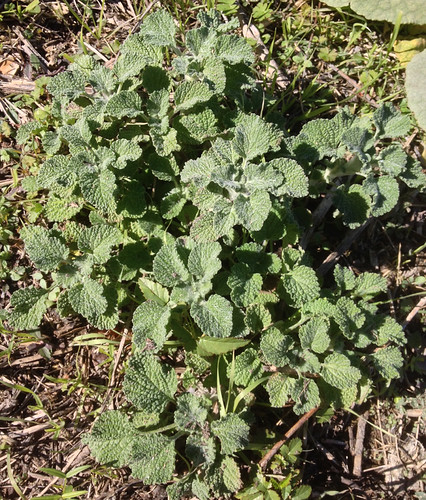
An individual horehound plant.
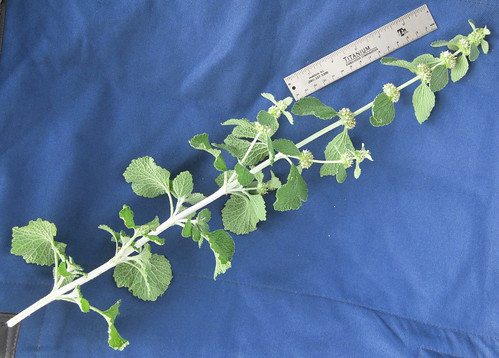

Close-up of the horehound top and flowers.
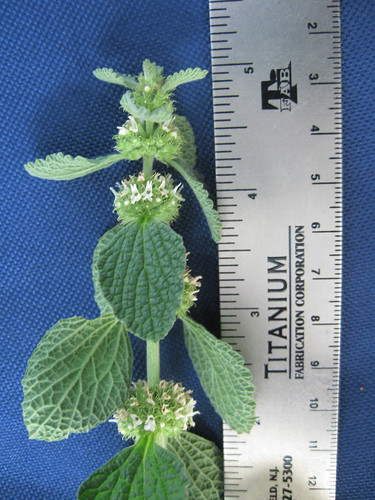
Close-up of a horehound leaf.
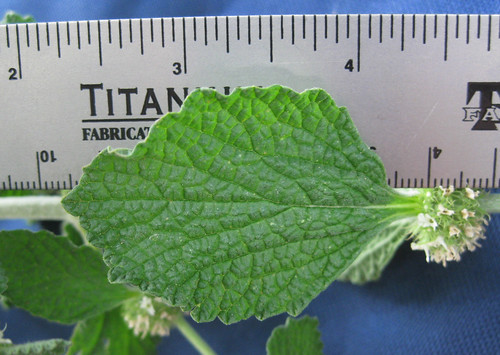
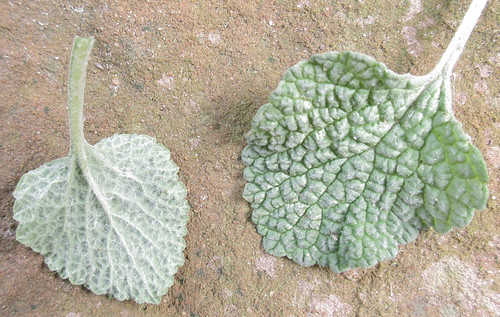
Close-up of a horehound stem. Note it's fuzziness.
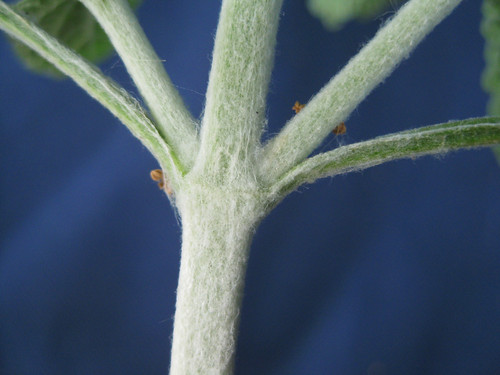
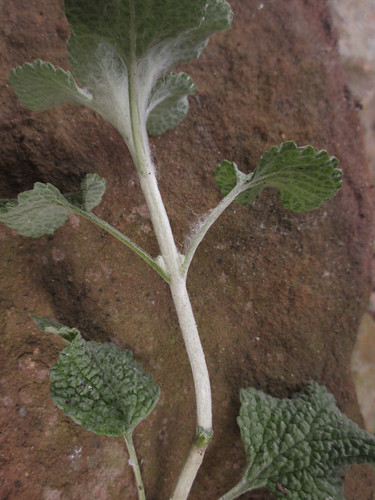
Texas distribution, attributed to U. S. Department of Agriculture. The marked counties are guidelines only. Plants may appear in other counties, especially if used in landscaping.
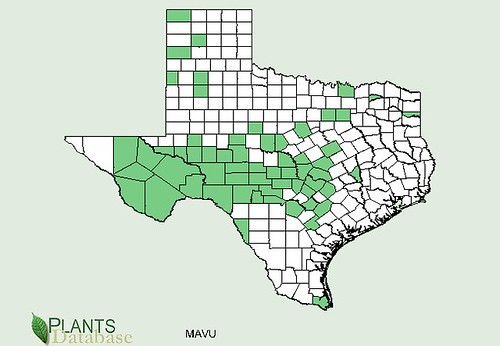
North American distribution, attributed to U. S. Department of Agriculture.
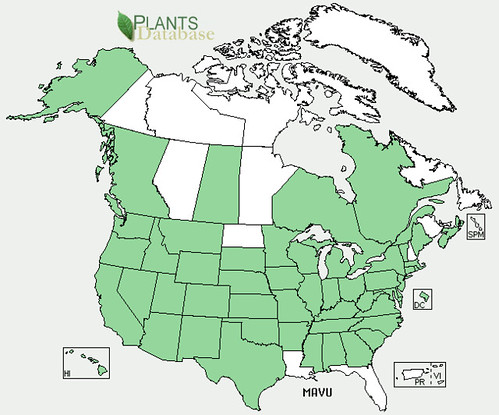
Horehound has a long history of medicinal use, which, to anyone who's ever tasted a concoction containing this plant, will not find surprising. Horehound's flavor is somewhat unusual to modern tastes. If forced to describe horehound's flavor I'd say it's what happens when root beer and licorice mate.
Both fresh and dried horehound leaves can be used to make a tea. Chop up or crumble the leaves fairly finely to maximize exposed surface area, but you need to leave the pieces big enough to strain out of the finished product. The best way is to start with 1 cup fresh leaves or 1/4 cup dried leave and boil them in 2 cups of water for ten minutes, followed by straining out the leaves. As is, the resulting fluid is too strong to drink straight. The next step is to mix one part of this infusion with 2 parts boiling water. This tea can now be drank straight as a hot beverage or cooled down to make an ice tea.
The original infusion mentioned above can be turned into a pleasant and beneficial cough syrup by combining one part infusion with two parts honey. Perhaps the most famous form of horehound is in hard candies sucked to sooth coughs. To make these candies mix 1 cup of the original infusion with two cups granulated sugar and a pinch of cream of tartar. Stir these together until the sugar dissolves, then slowly cook the mixture down until its temperature reads 300 degrees Fahrenheit on a candy thermometer. At this point pour the solution out onto a non-stick or buttered tray and then as it cools cut it into bite-sized pieces as it cools.
Buy my book! Outdoor Adventure Guides Foraging covers 70 of North America's tastiest and easy to find wild edibles shown with the same big pictures as here on the Foraging Texas website.
